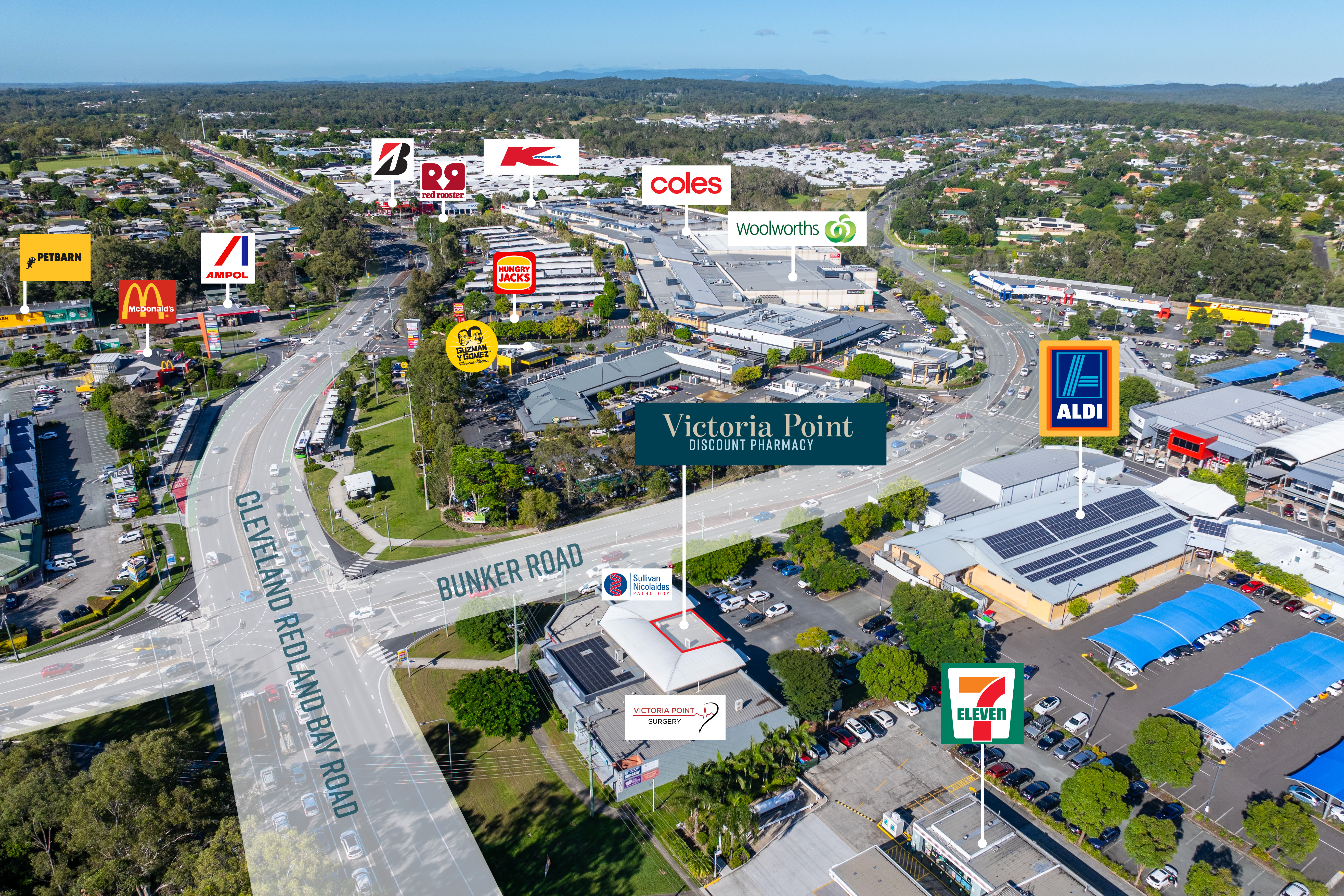If you’re not ‘best in class’, you’re out of luck
An undersupply of ESG-compliant offices is expected by 2026 due to a growing number of buildings becoming obsolete or undesirable
The surge in office space availability has been a prominent topic of discussion since the start of the pandemic. Presently, the vacancy rate in Dublin stands at 14.1 per cent with expectations of reaching a peak of 17 per cent by the end of the year.
However, it is crucial to delve deeper into these figures to gain a comprehensive understanding of the market and the calibre of the buildings comprising this percentage.
By narrowing our focus to ‘best-in-class’ properties exclusively, the rate dramatically decreases to 4.6 per cent.
Flight to quality
The right workspace is essential to attract and retain top talent. Today we find that occupiers' key focus is their ESG goals when relocating to new working environments.
This has created a deluge of requirements for space that meets these standards and as a result, it has opened a bifurcation in the market of office space which is the ‘best-in-class’ versus the ‘rest-in-class’.
2023 has seen an increase in return-to office policy implementation by many large corporations with the majority settling on a hybrid policy with three days in the office per week becoming the new norm. Companies are now creating attendance requirements as part of regular performance reviews to highlight their commitment to bring the workforce back to the office.
From the perspective of office demand, having well-defined workplace strategies enables real estate teams to assess their future space requirements. This empowers them to execute relocation plans, which have largely been on hold since the onset of the pandemic.
Organisations can now gather the necessary data to formulate plans for their future occupational needs. We generally accept any new build space, or space that has been significantly refurbished, within the last five years to be ‘best-in-class’.
It’s a loose rule of thumb for now and one that will become clearer when there is a certificate system that has been adopted internationally for defining the quality of stock. 51 per cent of take-up over the last five years has met this ‘best-in-class’ definition, which represents an appetite for high-quality working spaces.
Looking for more insights? Never miss an update.
The latest news, insights and opportunities from global commercial real estate markets straight to your inbox.
Dwindling pool of suitable space
The annual average take-up across the last decade has been 245,264 square metres. As of H1 2023, take-up has underperformed with only 63,267 square metres and only a further 64,290 that is reserved.
Along with the rise of vacant space, the outlook on the surface looks bleak for the office market. However, there is more going on once you scratch the surface.
Despite there being nearly 650,320 square metres of vacant space, the market will become under-supplied by 2026 due to an increasing amount of buildings becoming obsolete, stranded or undesirable.
The ‘best-in-class’ stock that currently stands as vacant, accounts for 35 per cent of the current available vacant office supply at a total of 204,387 square metres. The majority of this new stock was delivered after the start of the pandemic in 2020.
A total of 343,740 square metres of new development is on-site across the county. About 111,500 square metres of this pipeline supply is pre-let, with about 232,260 square metres of speculative development underway. Some 278,710 square metres of this supply is due for completion in 2023 and 2024.
With only a further 65,032 square metres on-site for delivery beyond 2024, there will be a significant drop in new supply delivery in 2025, and nothing is scheduled for completion from 2026 and beyond at this stage.
Due to this forecasted drop in newly completed stock and the changing attitudes by occupiers focusing on ‘best-in-class’ stock, we anticipate that the market will be under supplied of this category of office space by 46,450 square metres by the end of 2026. This will grow exponentially by 2027 and beyond if further new development activity does not commence in the next 12 to 24 months.
Investment Opportunities
As global economic conditions improve, the inflationary pressures on the cost of construction subside and occupiers get a handle on their office requirement needs based on their return-to work strategies, this will result in an increase in office demand in 2024 and beyond.
We are already seeing large professional services firms such as EY and Deloitte actively focusing on their future HQ needs, with several other global occupiers expected to follow suit over the coming months. This would suggest a return to average take-up levels over the next 12/24 months.
The current market demand level for active requirements is recorded at 288,000 square metres across 224 requirements, with many large occupiers seeking Grade A accommodation in prime locations to attract and retain top talent.
What is clear to those in our industry is that it is now important for companies with lease event dates due over the next five years to start considering their plans sooner than previously required.
It is also time for developers to progress their plans to provide what will be needed office accommodation in prime locations over the coming years.
Rita Carney is senior director of JLL’s Offices division
聯繫 Rita Carney
Senior Director, OfficesWhat’s your investment ambition?
Uncover opportunities and capital sources all over the world and discover how we can help you achieve your investment goals.



